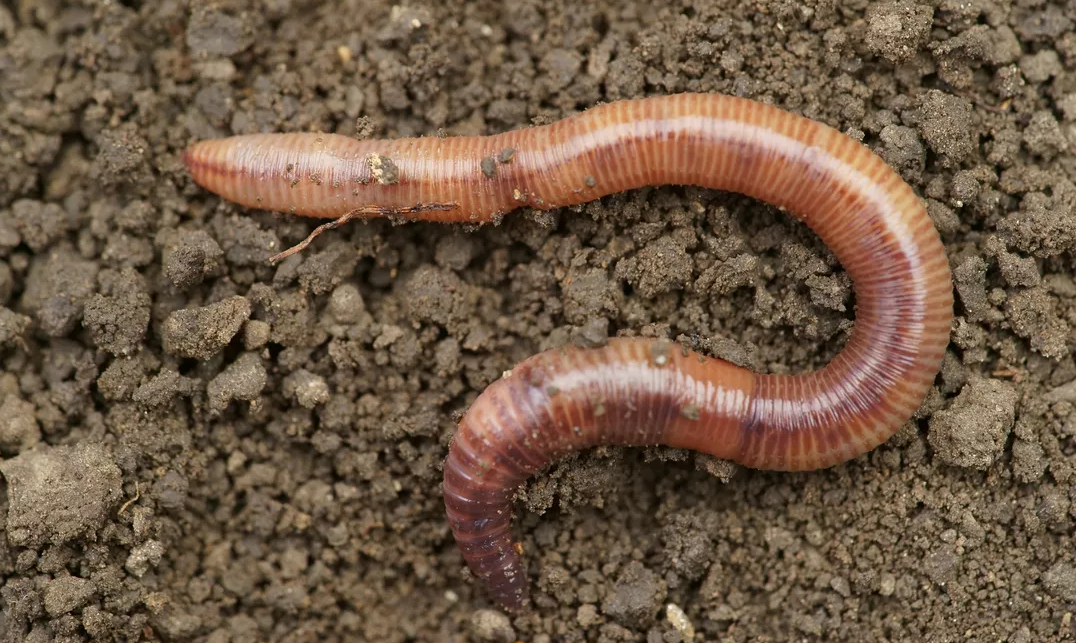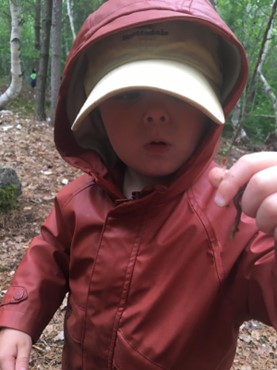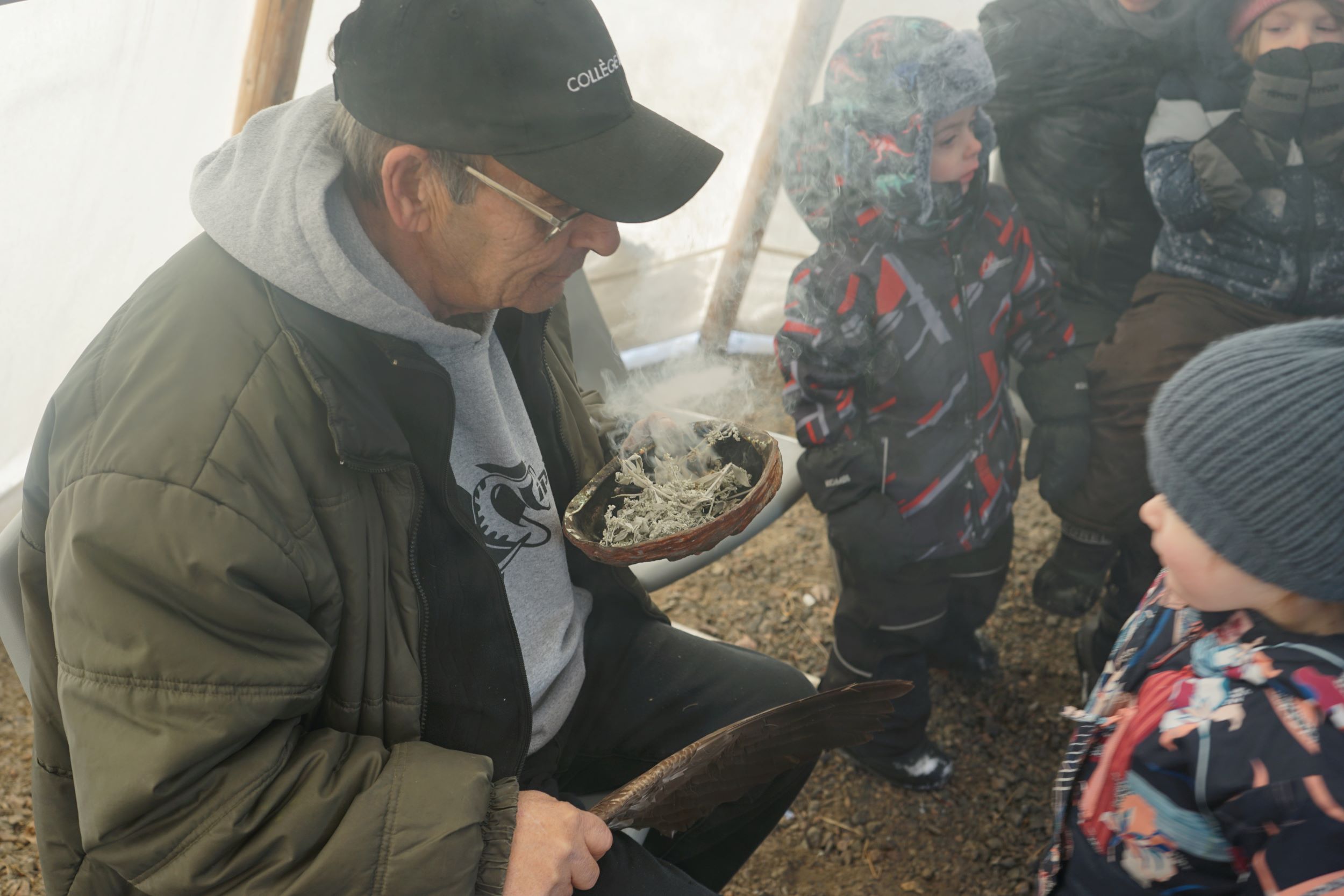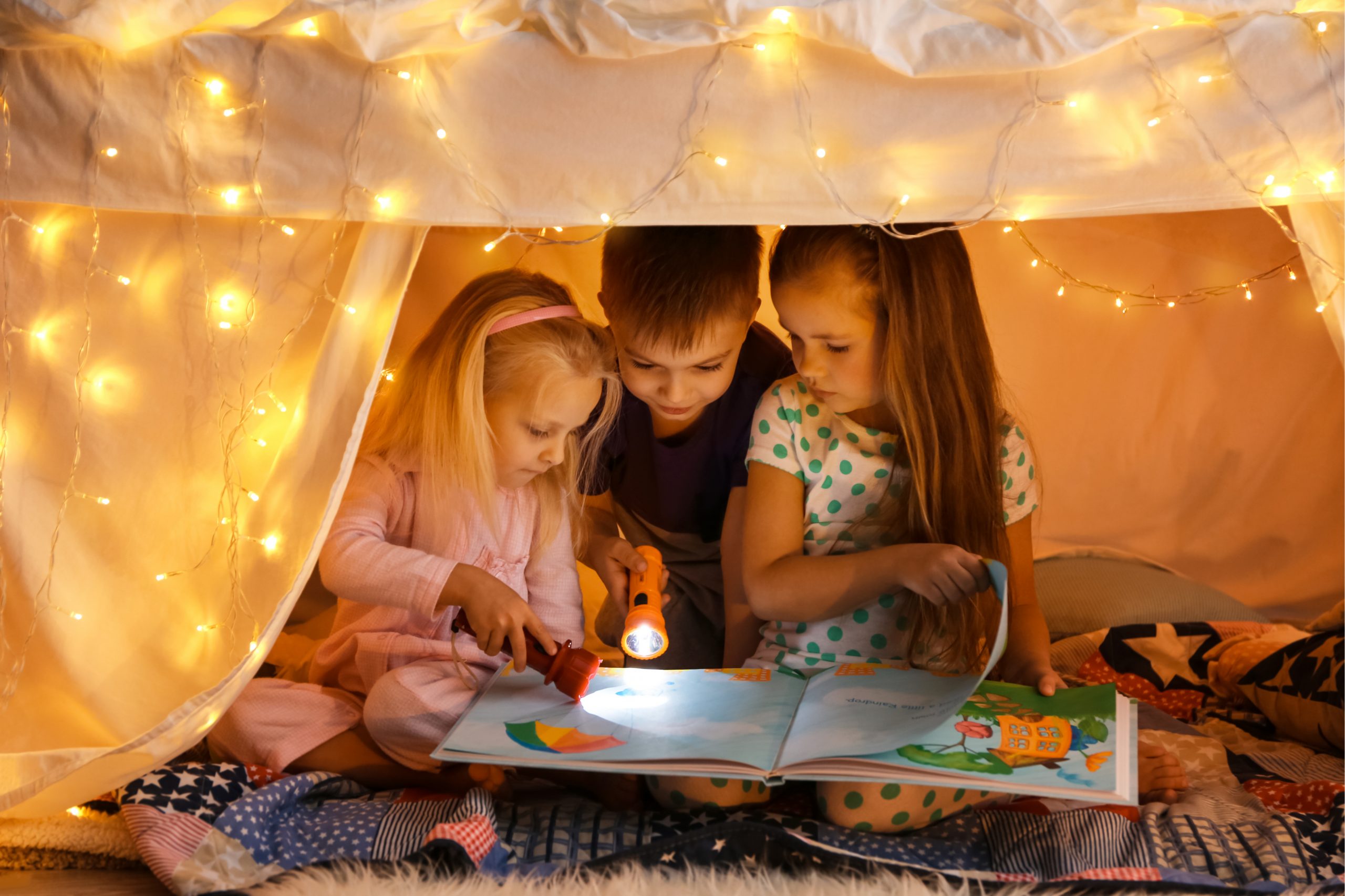Spring means rainy weather. This means a multitude of exciting discoveries in the forest for children! This month, we would like to share with you the wonders our adventurers encounter in nature, and also remind you that National Indigenous Peoples Day, is on June 21st.
Earthworms and slugs: small creatures, big importance!
Earthworms and slugs are common creatures that can often be seen after the rains. Although they share the same habitat, they are very different in appearance and role in the ecosystem. Lately, children have been discovering them in the forest.
These little creatures are so important that we have decided to devote a space to them in our newsletter this month. But what are the differences between earthworms and slugs?
Earthworms, also known as earthworms, are elongated, segmented invertebrates belonging to the Annelidae phylum and the Oligochaete class.
Worms live in the soil and feed on decomposing organic matter. This may be plant debris or animal remains buried in the soil. They play a very important role in soil formation, loosening and aerating the soil as they break down organic matter. Their work greatly enhances plant growth.
Incredible fact: the earthworm has no lungs! They breathe through their skin, which must remain moist to absorb oxygen. The sun’s ultraviolet rays are lethal to earthworms.
Slugs, on the other hand, are molluscs that can be confused with snails. The visible difference is that they have no visible shells. They are herbivores and can be harmful to gardens, feeding on leaves, seedlings, roots and tubers. They can cause serious damage, consuming up to 40% of their body weight! They leave large, jagged holes and sticky silver deposits in their wake, mainly on the leaves of herbs and vegetables.
But they are useful too, as they help to recycle dead organic matter and assimilate nutrients into the soil! What’s more, thanks to their mucus, they have a positive effect on the soil, aerating, binding and hydrating it. Every life is precious and useful for our planet!
Where to find them?
Earthworms prefer moist soil rich in organic matter, and can easily be found by lifting rocks, while slugs can often be seen on the surface of the soil, especially after rain.
What's the physical difference between the two?
Earthworms have elongated, segmented bodies, while slugs have soft, slimy, unsegmented bodies.
What's in it for the ecosystem?
Despite the sometimes negative impact of slugs on crops, these two species are essential to the ecosystem!
Fun fact
Every year, about a billion earthworms are harvested in southern Ontario for sale to American fishermen!
How can we raise children's awareness?
It is crucial to make children aware of the importance of these little creatures. Educating them on this subject helps them develop a respect for nature and an understanding of the fragile balance of our ecosystem.
Would you like to educate them at home on this subject? You can :
- Go outside after the rain to observe these creatures and discuss their roles.
- Involve children in gardening to show them the importance of earthworms for healthy soil.
- Take children out into nature: children learn to see nature as an interconnected system. They understand that human actions can have positive or negative consequences on this fragile balance.
- Use games and books to explain the difference between earthworms and slugs and their ecological importance.
This awareness-raising, if based essentially on observation and experimentation in nature, will enable children to develop basic scientific skills. The practical knowledge they will acquire can awaken their interest in science.
On top of this, spending time in nature has proven benefits for children’s physical and mental health. It reduces stress, improves mood and promotes an active lifestyle. Outdoor activities also stimulate curiosity and imagination, essential for cognitive development, and help develop their motor skills.
First picnic of the year at Scène des tout-petits!
Speaking of nature experiences, the children at Scène des tout-petits were lucky enough to have their first forest picnic of the year! This first meal in nature was a great success, and the children had a wonderful time outdoors.
Thanks to a final morning of family involvement, there were fewer mosquitoes. In fact, the parents had helped to clear stagnant water, preventing the proliferation of mosquitoes, which were very numerous at the time. It was also thanks to them that the children were able to enjoy their first picnic, so we would like to say a big thank you for your invaluable help!
In future, when the outdoor toilets are completed, water will also be made available so that children who don’t take naps can stay in the forest for full days with the staff.
Gentle reminder : National Indigenous Peoples Day
This Friday, June 21, is National Indigenous Peoples Day. This date also marks the Summer Solstice. To mark the occasion, a pow-wow will be held in Bell Park, starting at 12pm. It is a First Nations celebration of the summer solstice. Admission will be free for all, and children will be invited to dance.
On this occasion, we would like to remind you of our collaboration with the Centre Louis Riel, which plays a crucial role in representing the Indigenous community.
Our shared moments
We were honoured to host several events in partnership with the Centre Louis Riel:
- Smudge Ceremony: This ceremony, involving the burning of sacred herbs to purify the spirit, was a great moment of sharing. Following tradition, we offered small bags of tobacco to the native elder to thank him for his participation.
- Harmonica : This music resonated at an event with the Centre Louis Riel.
- Support for CNAC training: The Centre Louis Riel also supported our CNAC training, by sharing a part of Indigenous history. This collaboration enabled us to better understand and appreciate the culture and traditions of Indigenous peoples.
To conclude this beautiful newsletter, we encourage you to continue exploring nature with your children and getting them involved in outdoor activities. Do not forget National Indigenous Peoples Day on June 21, which promises to be a wonderful day of celebration.
Thank you very much for your continued support, and we hope you enjoy the sunny days of summer.
If you have any questions or suggestions, please do not hesitate to contact us. We are always delighted to hear from you and share new ideas to enrich the experience of our little explorers.
Carrefour francophone would like to say thank you
Our project partners: PLAYLearnThink, Collège Boréal, Centre Louis Riel; our research partners: Child and Family Social Innovation Centre and our funder: Employment and Social Development Canada.










